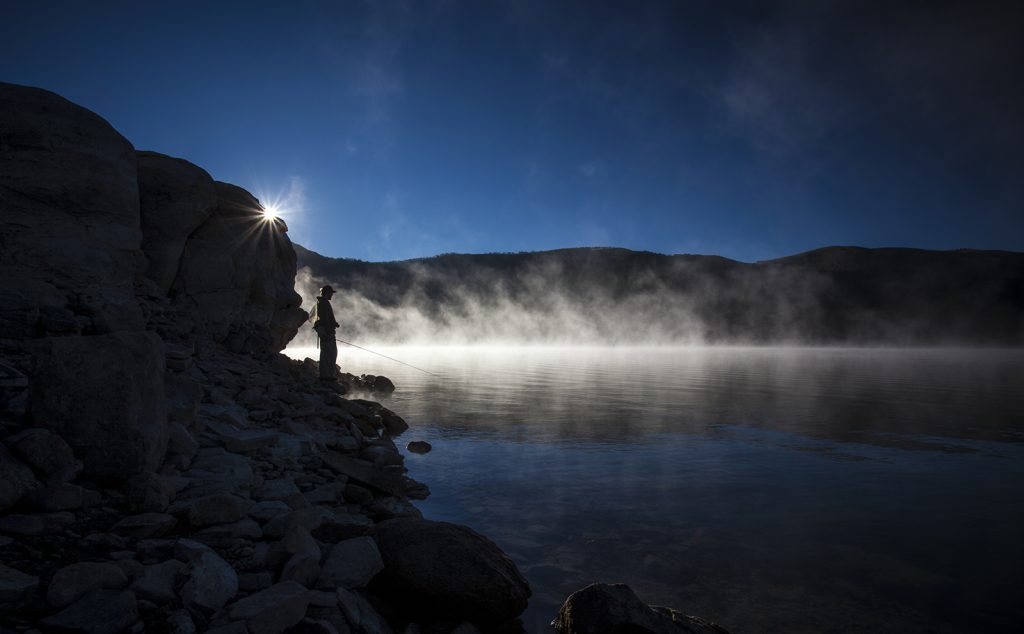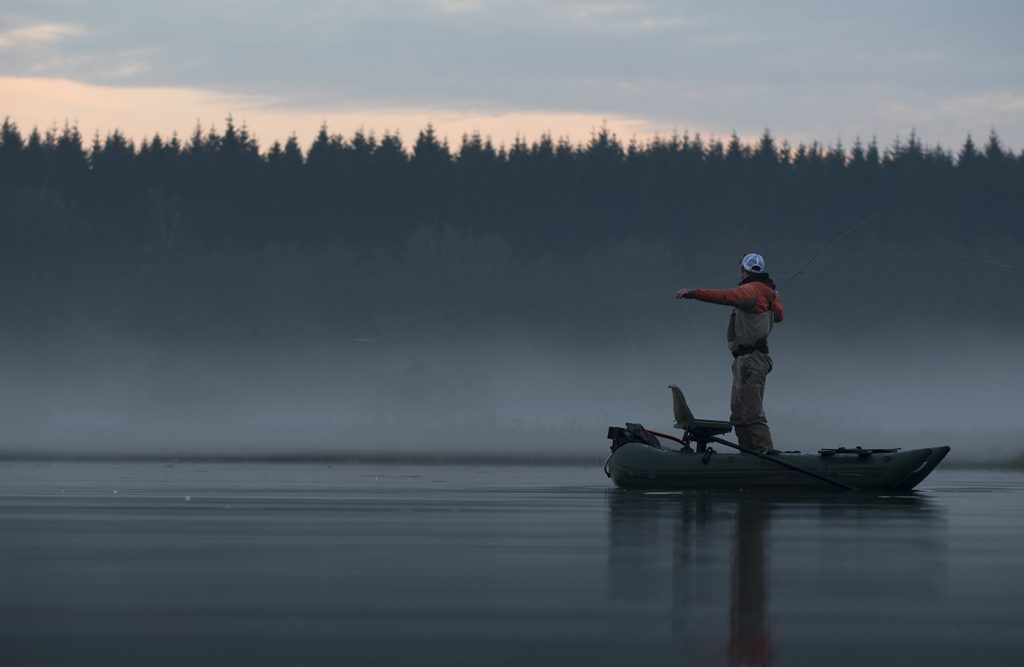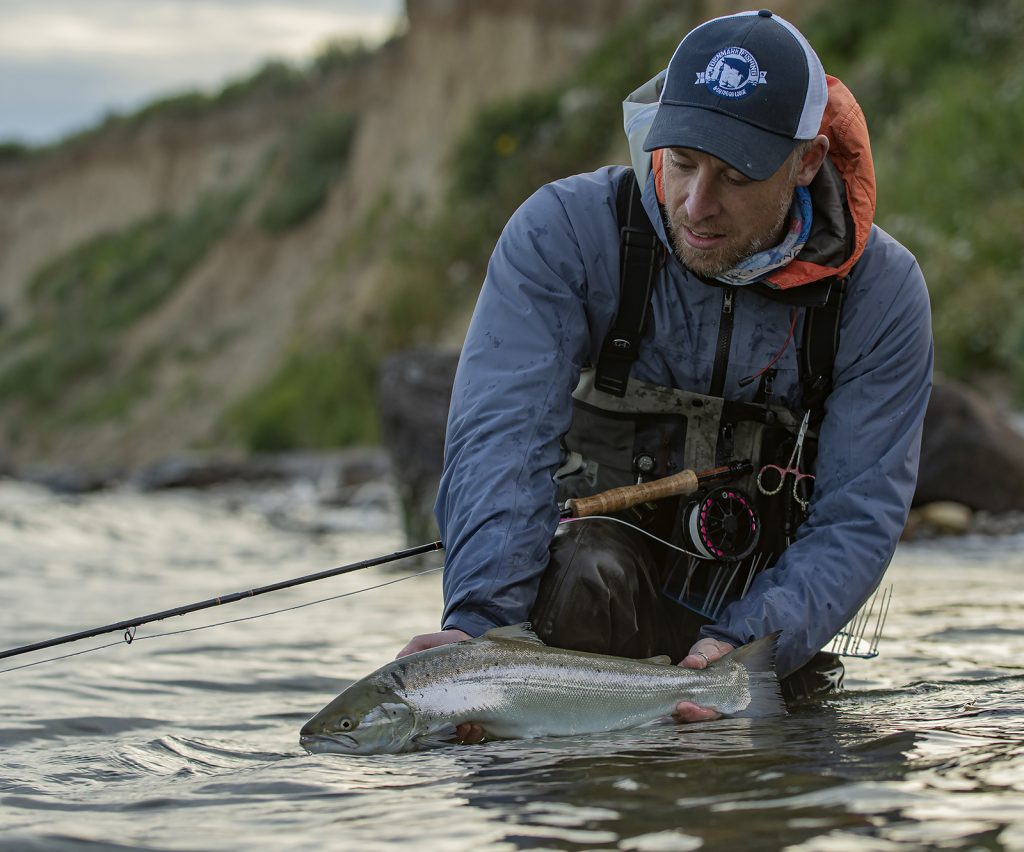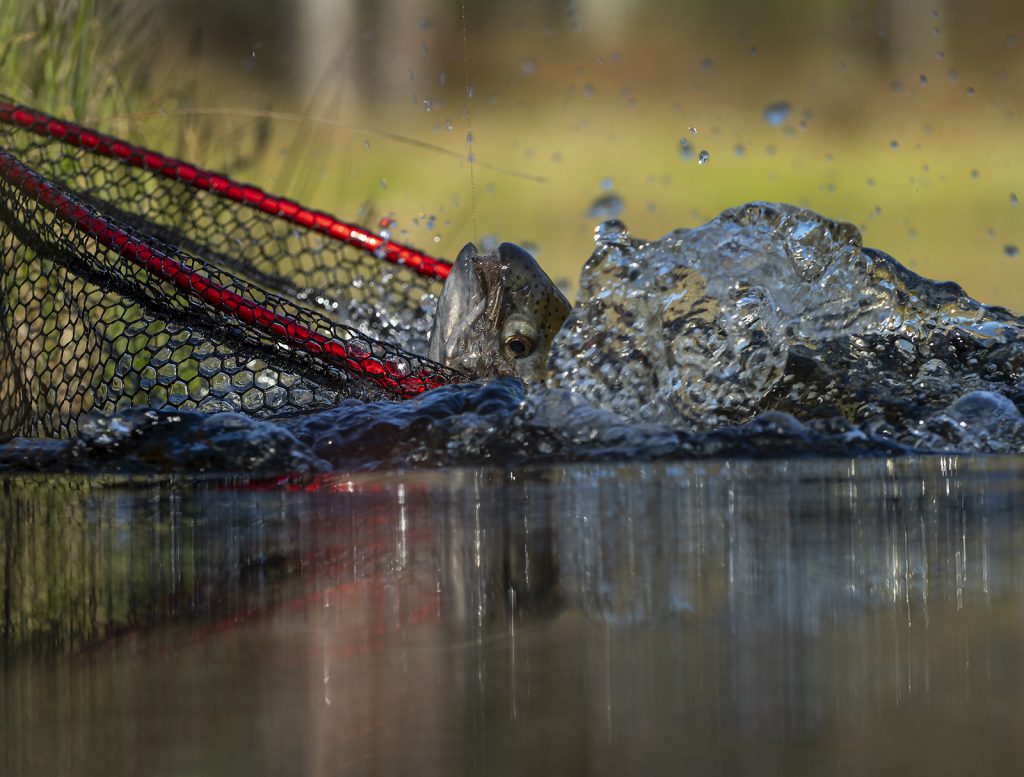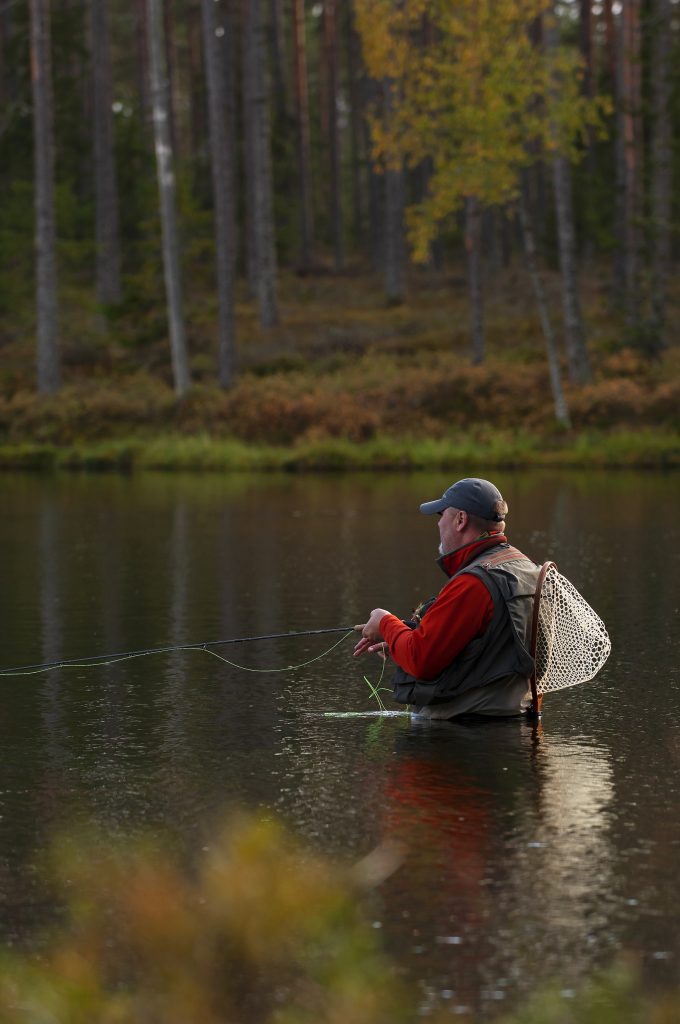
The Gray Sky and the Magic of Rainbow Trout Fishing in Hökensås
The sky is gray, and the car’s thermometer shows a few degrees above freezing. Today, an extra fleece sweater is essential to ward off the damp chill. As I round the bay and cross the small bridge over the lake’s inlet, a vivid blue streak shoots past and out over the water. The small blue kingfisher that often makes an appearance here in late autumn didn’t appreciate my company and quickly disappeared to the far side.
By Håkan Karsnäser
Continue reading “Hökensås: A Haven for Fishing Enthusiasts”


